The Paris climate summit in December 2015 adopted the goal of limiting global temperature increase to “well below” 2 degrees Celsius, but preferably to 1.5 degrees Celsius compared with pre-industrial times. In 2018, The UN Intergovernmental Panel on Climate Change (IPCC) presented a report showing that limiting temperature increase to 2 degrees Celsius is insufficient, and that the difference compared to an increase of 1.5 degrees Celsius has serious consequences for ecosystems, humans, stability, costs and society.
In 2018 the International Maritime Organization (IMO), a UN body, gathered behind a clear goal of reducing GHG emissions from ships and thus the impact of international shipping on global warming. The overall goal is zero greenhouse gas (GHG) emissions from shipping as soon as possible within this century. By 2050, the goal is at least 50% reduction in total GHG emissions compared to 2008.
As of today there are few alternative fuels for deep-sea shipping that could be used to achieve the IMO goals. The current options for the deep-sea trade are limited to LNG which is not carbon neutral, or to biofuels, which are not yet widely available and more expensive.
While the perfect solution is still well into the future, flexible solutions are required so that new built ships of today can be modified to use alternative fuels of tomorrow and therefore benefit from other future technological innovations without excessive costs and barriers. Ships to be built in the next few years are expected to have a lifespan well past 2030 – and for some even beyond 2050, depending on technology and fuel choices. This pilot investigates the emission limits that shipping must implement to meet the 2 (and preferably 1.5) degree Celsius target. The pilot will further develop a model for conducting financial risk assessment of newbuildings based on assumptions of future climate policy, technologies, fuels and other climate-related developments in international shipping. The model will be tested through various case studies, with a focus on investors, lenders, cargo owners and shipping companies.
Goal of pilot project
The goal of this pilot is to influence financial flows in a climate-positive direction, reduce climate risk, and help shipowners to finance ships that meet future requirements and opportunities.
Status
The pilot was launched last quarter(Q4) of 2019. The objective was to develop practical criteria and methods as a foundation for further assessment of the financial risk related to fuel and technology alternatives for ships. Thereby, be able to answer whether the investments in ships will follow the Paris agreement; “substantially reduce global greenhouse gas emissions to limit the global temperature increase in this century to 2 degrees Celsius while pursuing efforts to limit the increase even further to 1.5 degrees Celsius.”
IMOs adopted goals, following the Paris agreement, is to reduce the greenhouse gas emission from shipping with 50% within 2050. However, if the ambiguous target of 1.5-degree Celsius increase in temperature shall be met, the reduction of 50% is not sufficient. It will then be necessary for shipping to be climate neutral within 2050.
During this pilot, and with this as a background, two different scenarios were developed; “base case scenario” and “high case scenario”, where the “base case” is in compliance with the Paris agreement 2 degrees Celsius goal, while the “high case” is in compliance with 1.5-degree Celsius goal.
During the pilot study an assessment was carried out of the financial risk for investments for different fuel alternatives and engine technologies for ships given the current and future potential regulations for greenhouse gases (GHG). The financial risk included modelling of the financial effect for ships with different fuel and engine alternatives; traditional MGO/HFO combustion engine, LNG engine and engines prepared for ammonia as fuel.
A short excerpt, some of the conclusions from the study that was completed during Q2 2021:
- Considering the 1.5-degree Celsius target («high case scenario) the investments in ships that use traditional engine technology and use MGO/HFO/VLSO as fuel – will give close to zero or negative return on invested capital.
- Considering the 2-degree Celsius target («base case scenario”) investments in ships that use traditional engine technology and use MGO/HFO/VLSO as fuel – give better return on invested capital than investments in ships using ammonia as fuel.
- However, given the target set above, in addition to tough regional and international requirements introduced to meet the Paris agreement –investments in ships that use traditional engine technology and use MGO/HFO/VLSO as fuel – will also give negative return on the invested capital.
- IMOs adopted target for 50% emission reduction by 2050 may be reached for two different sized tankers that participated in this study (VLCC and Capesize), even though they use traditional engine technology that use MGO/HFO/VLSO as fuel. However, and this is an important condition, it assumes blend-in of 50% zero emission fuel and additional vessel speed reductions.
These conclusions are just a limited part of the pilot study, its content, and conclusions. Further examples based on the same criteria involving other ship segments have also been carried out. This pilot study and its results have been used by KLP as important information ahead of their investment in an ammonia plant in northern Norway.
Read more
- IMO; Marine Environment; Pollution Prevention; Air Pollution and GHG Emissions
- News in Norwegian only: KLP har investert i ammoniakk-produksjon i Nord-Norge
- The final report is available for download here:

